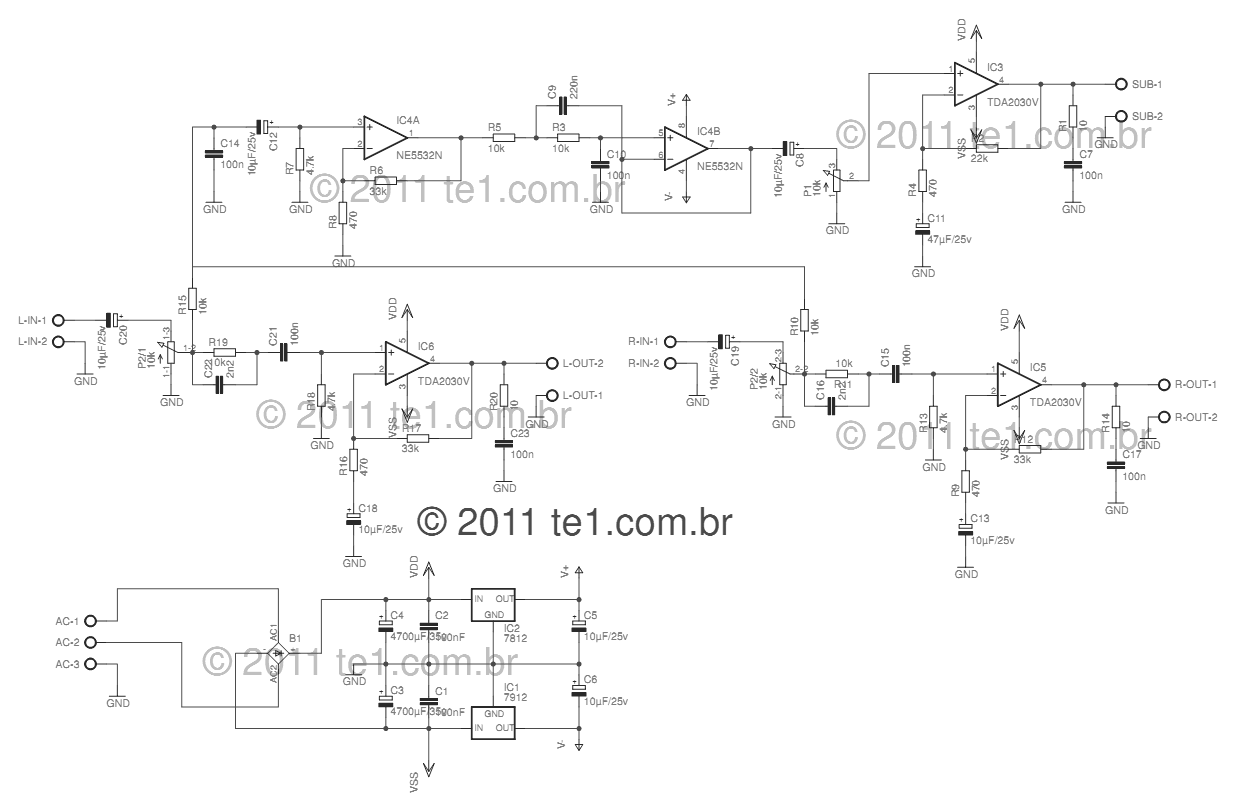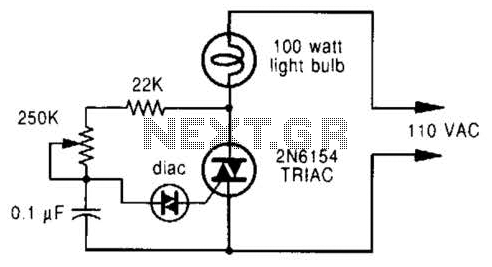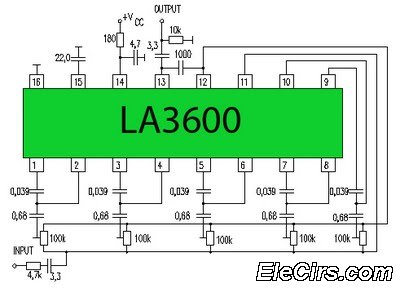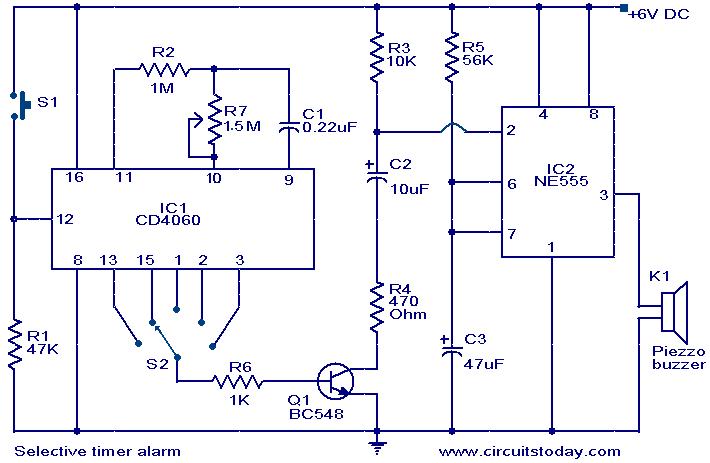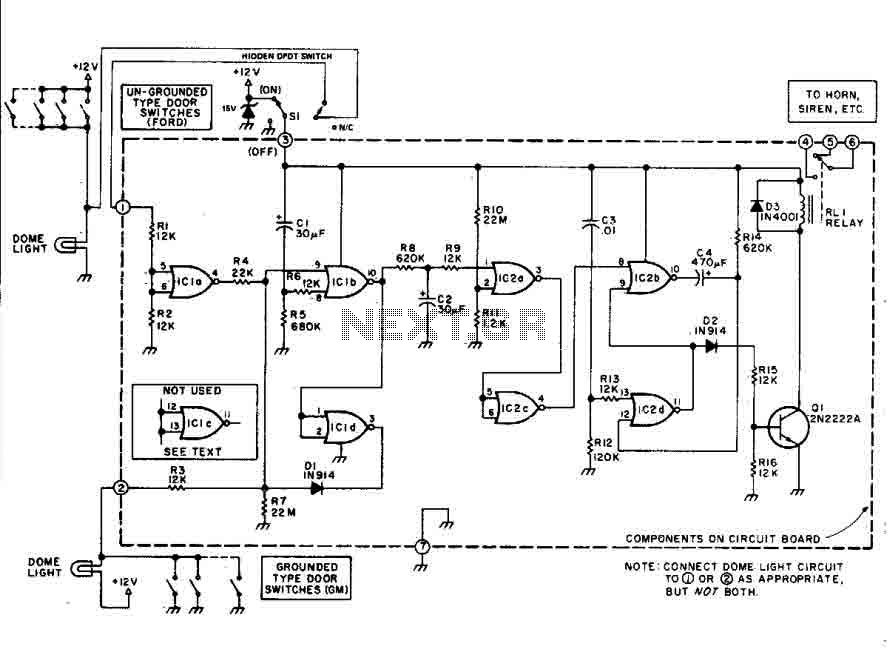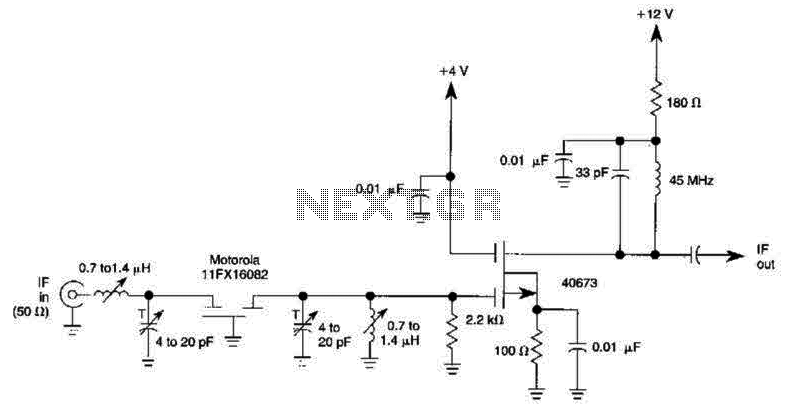
OP27 multiple S-type thermocouple circuit
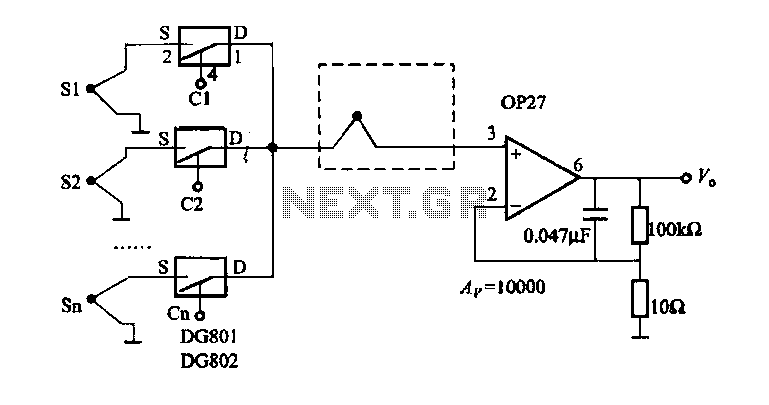
The electronic switch selection allows for multiple temperature control and monitoring points. It utilizes OP27 in conjunction with multiple S-type thermocouple circuits. The DG801/802 ultra-low on-resistance electronic switch has a maximum on-resistance of 0.40 ohms and operates under single-supply conditions ranging from 1.8V to 5.5V. Capacitors C1, C2, and C are connected, with logic high applied to point D, enabling the on-state of switch S. The corresponding thermoelectric detection signal is transmitted through the electronic switches, with the OP27 facilitating cold junction compensation. The OP27 is characterized by low noise (maximum input noise voltage of 3.8nV/√Hz at 1kHz), low drift (maximum voltage drift of 25μV), and high-speed performance, serving as a precision operational amplifier connected to a voltage amplifier with a gain of 10,000.
The circuit employs an electronic switch configuration that enhances the flexibility of temperature monitoring and control. By integrating multiple S-type thermocouples, the system can accurately measure temperature at various points, providing comprehensive thermal management. The DG801/802 electronic switches are pivotal in this setup due to their ultra-low on-resistance, which minimizes power loss and heat generation during operation. This is particularly important in precision applications where thermal stability is critical.
The OP27 operational amplifier is selected for its exceptional characteristics, including low noise and drift, making it suitable for sensitive temperature measurements. The cold junction compensation feature is essential for thermocouple applications, as it corrects for the reference junction temperature, ensuring accurate readings. The configuration of capacitors C1, C2, and C in conjunction with the logic high signal at point D enables the electronic switch S to toggle effectively, allowing for real-time monitoring and control of the temperature signals.
The voltage amplifier with a gain of 10,000 amplifies the output from the thermocouples, ensuring that even minute changes in temperature are detected and processed accurately. This high gain is crucial for applications requiring precise temperature regulation, such as in industrial processes or laboratory settings. Overall, this electronic circuit design illustrates a sophisticated approach to temperature monitoring, leveraging advanced components to achieve high performance and reliability.Electronic switch selection, you can achieve multiple temperature control, or a plurality of temperature monitoring points, monitoring. OP27 multiple S-type thermocouple circui t shown in Fig. DG801/802 ultra-low on-resistance (maximum on-resistance of 0.40) of the electronic switch, working at 1.8 to under 5. 5V single-supply conditions. C1, C2. C. Plus logic high, D, between on S, corresponding thermoelectric detection signal even through electronic switches, circuit evacuation OP27 cold junction zoom.
OP27 low noise (maximum input noise voltage 3. 8nV/River iz, lkHz), low drift (maximum voltage drift 251JuV) high-speed, precision operational amplifiers. Here connected to a voltage at a magnification of 10,000 voltage amplifier.
The circuit employs an electronic switch configuration that enhances the flexibility of temperature monitoring and control. By integrating multiple S-type thermocouples, the system can accurately measure temperature at various points, providing comprehensive thermal management. The DG801/802 electronic switches are pivotal in this setup due to their ultra-low on-resistance, which minimizes power loss and heat generation during operation. This is particularly important in precision applications where thermal stability is critical.
The OP27 operational amplifier is selected for its exceptional characteristics, including low noise and drift, making it suitable for sensitive temperature measurements. The cold junction compensation feature is essential for thermocouple applications, as it corrects for the reference junction temperature, ensuring accurate readings. The configuration of capacitors C1, C2, and C in conjunction with the logic high signal at point D enables the electronic switch S to toggle effectively, allowing for real-time monitoring and control of the temperature signals.
The voltage amplifier with a gain of 10,000 amplifies the output from the thermocouples, ensuring that even minute changes in temperature are detected and processed accurately. This high gain is crucial for applications requiring precise temperature regulation, such as in industrial processes or laboratory settings. Overall, this electronic circuit design illustrates a sophisticated approach to temperature monitoring, leveraging advanced components to achieve high performance and reliability.Electronic switch selection, you can achieve multiple temperature control, or a plurality of temperature monitoring points, monitoring. OP27 multiple S-type thermocouple circui t shown in Fig. DG801/802 ultra-low on-resistance (maximum on-resistance of 0.40) of the electronic switch, working at 1.8 to under 5. 5V single-supply conditions. C1, C2. C. Plus logic high, D, between on S, corresponding thermoelectric detection signal even through electronic switches, circuit evacuation OP27 cold junction zoom.
OP27 low noise (maximum input noise voltage 3. 8nV/River iz, lkHz), low drift (maximum voltage drift 251JuV) high-speed, precision operational amplifiers. Here connected to a voltage at a magnification of 10,000 voltage amplifier.
